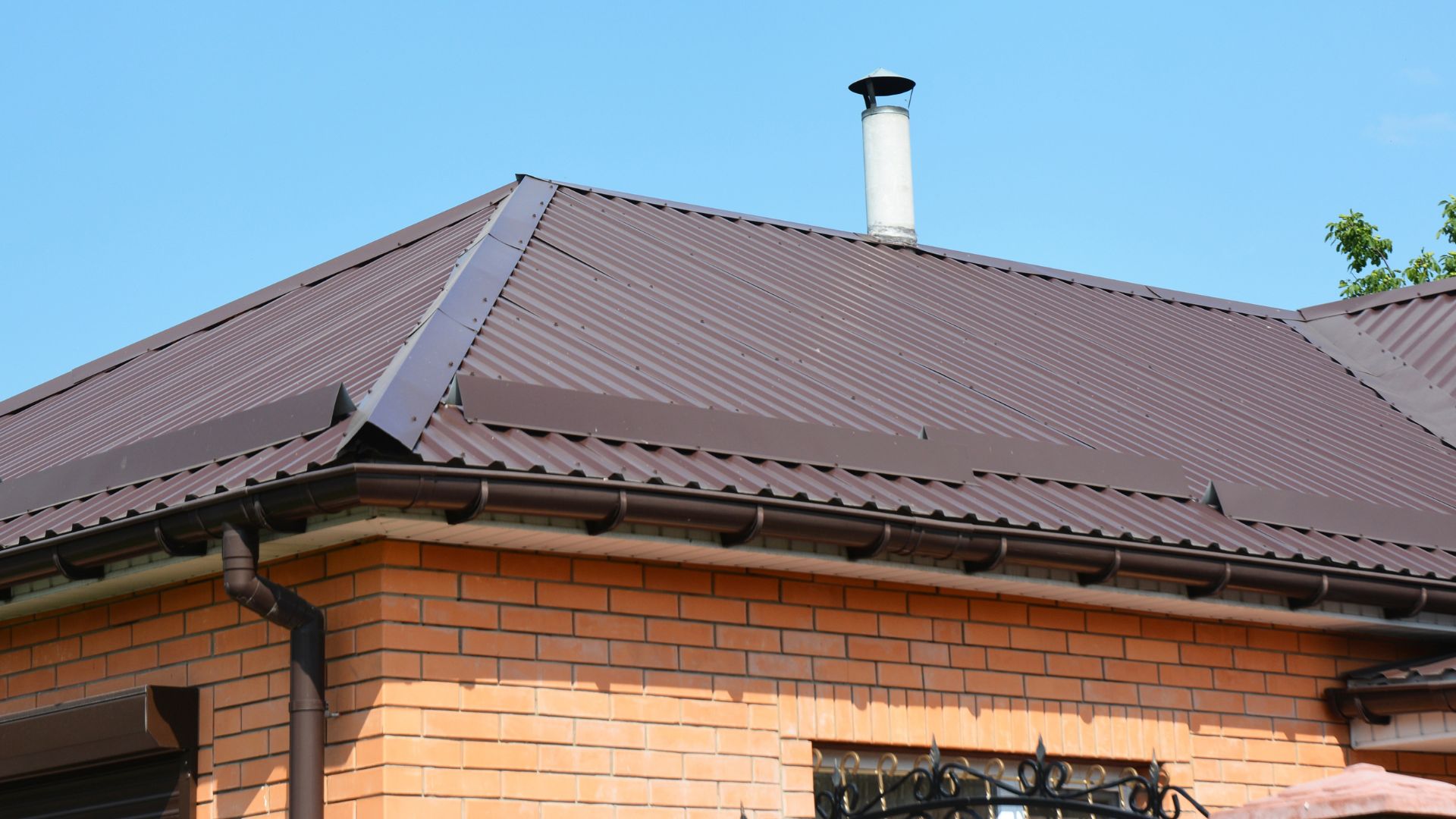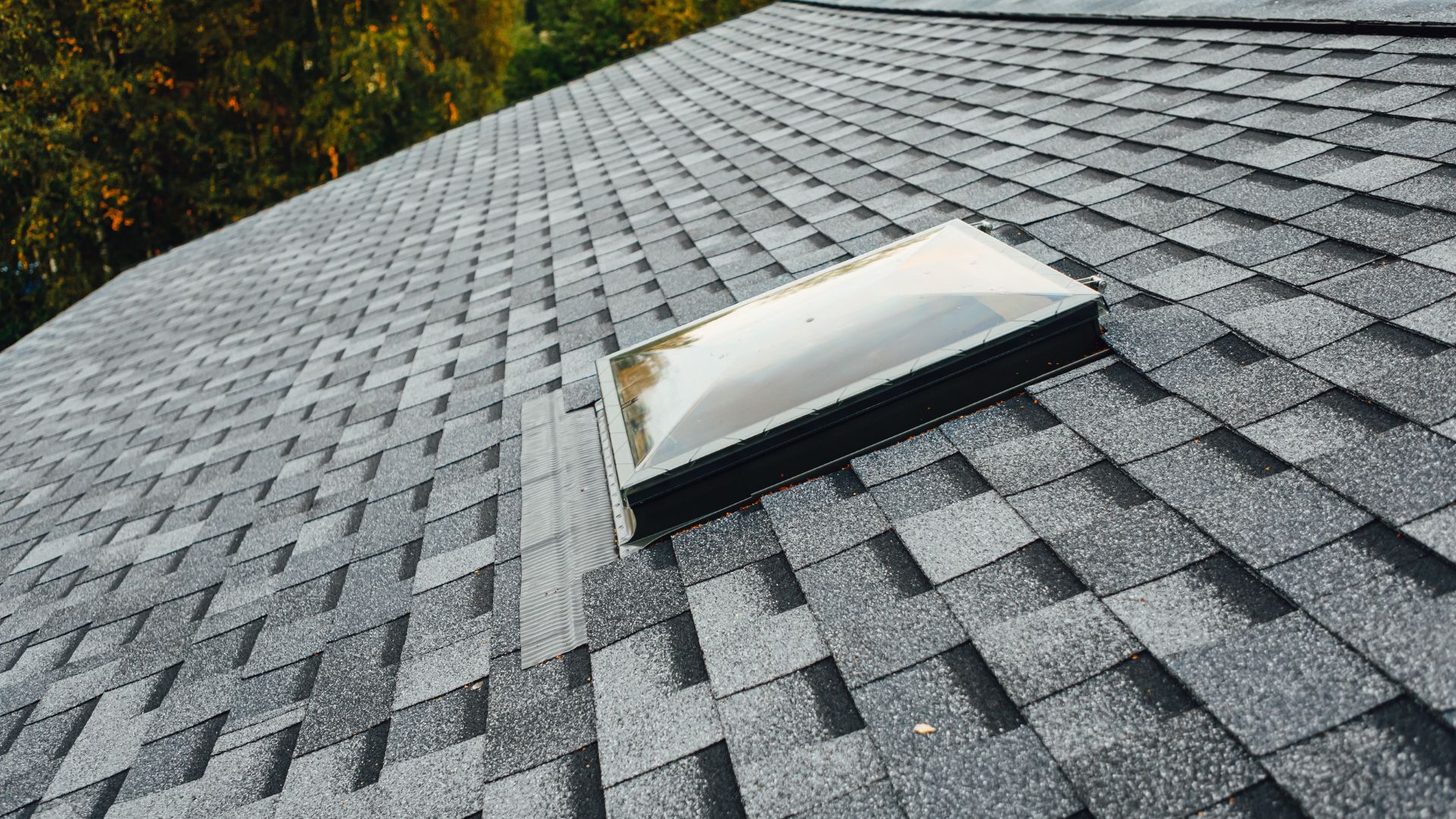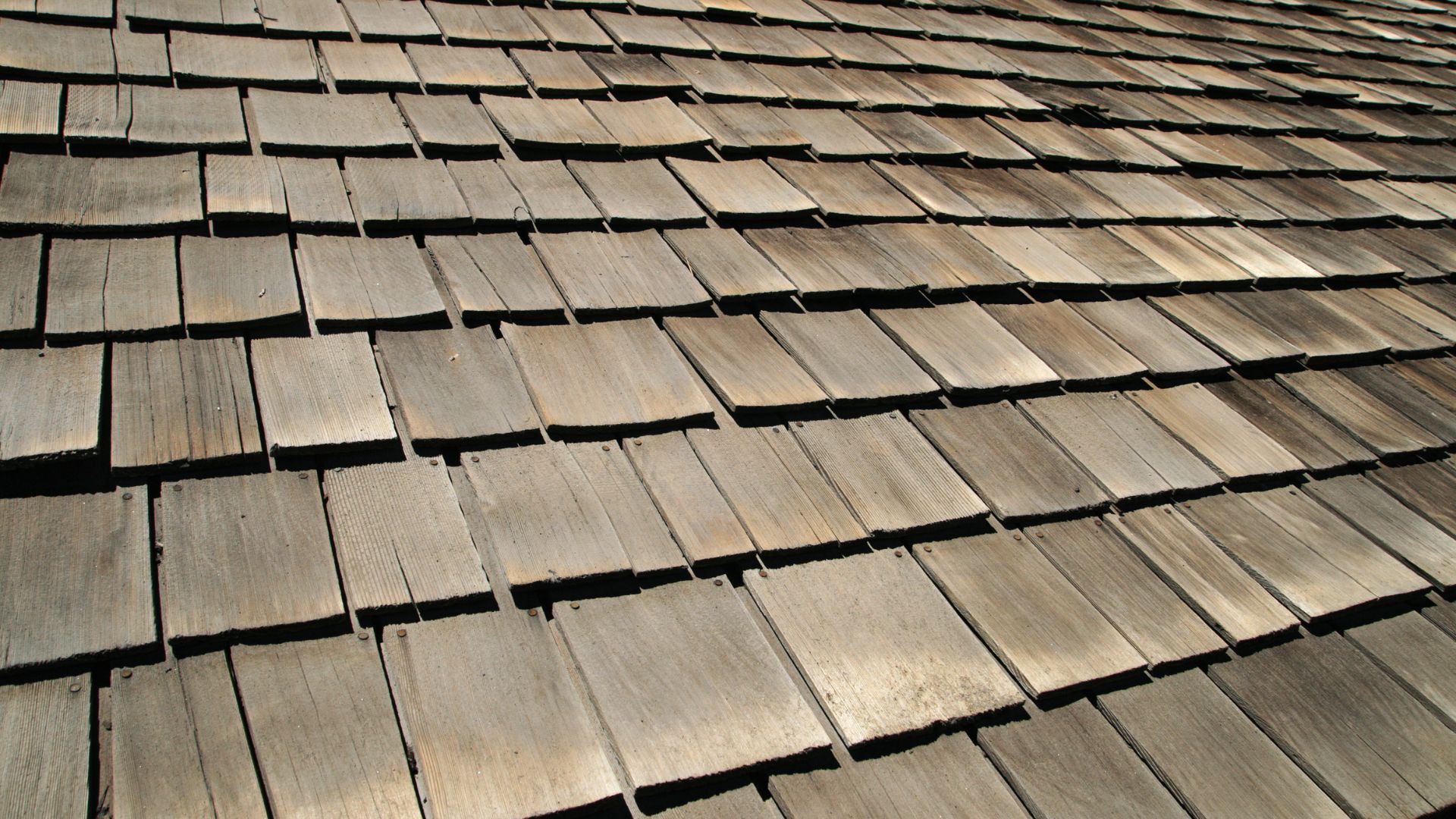Ever wondered how long does it take to replace a roof? It’s not just about slapping on some shingles. This process involves careful planning, choosing the right materials, and understanding the impact of weather. We’ll dive into what affects the timeline from start to finish.
Embark on a journey of discovery, where we illuminate how the choice and scale of roofing components significantly influence the span of your undertaking. Plus, we tackle unexpected delays head-on because they can stretch out your timeline. After diving into this piece, you’ll be well-equipped to steer your roof overhaul with finesse, sidestepping common setbacks.
Understanding the Roof Replacement Timeline
Well, on average, an average-sized home’s roof usually gets replaced in 1-2 days. If you’ve got a cozy little place, you might even see the job done by mid-afternoon. But for those of us living large, expect about two to three days before saying goodbye to tarps and hello to a shiny new roof.
Factors That Influence Your Roof’s Replacement Time
Understanding the process aids in establishing feasible timelines for completion. Factors like weather conditions and your roof’s size play big roles here. Got a small house? You’re looking at pretty quick turnaround times. Sporting something more grandiose? Buckle up for potentially longer waits.
Key Stats
The whole roof replacement timeline isn’t just about slapping on some shingles though. It involves meticulous planning and execution—tearing off old materials, making sure everything is prepped correctly, then installing those brand-new tiles or shingles that will keep you dry for years to come.
Key Factors Affecting Roof Replacement Duration
The Impact of Weather and Seasonality on Your Project
Weather isn’t just small talk for roofers; it’s a big deal. Bad weather can turn what was supposed to be a quick job into an extended affair. Think about it: rain, snow, or even too much wind can halt work in its tracks. And if you’re trying to get your roof done during the busy season—spring through fall—you might find yourself waiting in line behind others who had the same idea.
Hence, strategizing in advance becomes essential to circumvent any unforeseen hold-ups. Checking long-term forecasts and scheduling your project during milder months could save you from delays.
Choosing the Right Materials for Efficiency
Selecting materials involves more than just looks or cost; it influences the duration of construction noise you’ll endure. Some materials fly onto your roof faster than others—for instance, metal roofing panels cover more area with fewer pieces compared to traditional asphalt shingles.
Besides speed, consider durability and maintenance needs because these factors will affect not only this replacement timeline but potentially future ones as well. Embark on a nine-step journey to make an informed decision, balancing swift installation with long-term resilience and upkeep.
Step-by-Step Roof Replacement Process
Preparing Your Home for Replacement
Before the first shingle is even touched, your roofing contractor will set up shop around your home. This includes protective measures to safeguard your property from any potential mess or damage during the roof tear-off and installation phases. They’ll lay down tarps to catch debris, move sensitive items out of harm’s way, and might temporarily relocate outdoor furniture.
The crew then starts on what could be called a roofing “demolition day,” removing old materials right down to the bare bones of your roof decking. It’s pretty quick work but essential for ensuring everything new goes over a solid base.

The Tear Off and Installation Phases
Once they’ve stripped away the old layers, it’s time for something akin to surgery on top of your house: installing shingles or other selected materials installed carefully layer by layer. Each step here—from laying down ice water shields in sensitive areas to nailing down each asphalt shingle—requires precision. The process varies; an average-sized home typically sees completion within 1-2 days according to Ontops Roofing, although larger homes may stretch this into three days.
Types of Roofing Materials and Their Impact on Timeline
Different roofing materials dance to their own beats, especially when it comes to how long they take to install. For instance, metal roofing might seem like the high school track star compared to asphalt shingles because of its larger panel sizes. This can make a metal roof potentially quicker to install.

Asphalt shingles are like the reliable old pickup truck – not too fast but gets the job done efficiently. They’re common for a reason: affordability and durability. But this doesn’t mean they’re always the quickest option on installation day.

Then there’s wood shakes and slate tiles, which could be considered more like artisanal craftwork that takes longer due to their intricate designs and sensitivity during installation. Each material has its quirks that affect your roof replacement timeline.

If you’re curious about how these materials compare in detail or need steps for replacing your roof with one of them, exploring 9 Steps to Replace Your Roof might shed some light on what you can expect from each type.
Planning for Unexpected Delays in Roof Replacement
The Role of Unforeseen Repairs
Picture this: you’re halfway through your roof replacement, and bam. Your crew finds water damage. It’s not just a hiccup; it’s like hitting a pothole on the highway. There’s a good chance that hidden issues such as water damage can turn what was supposed to be a quick fix into an extended saga.

This isn’t rare either. When old roofing gets torn off, we often find surprises lurking underneath—rotten decking or even structural damage from years of neglect or past storms. These sensitive areas need care before moving forward because installing shingles over damaged infrastructure is like putting lipstick on a pig—it doesn’t solve the underlying issue.
So when you ask how long it’ll take to get your new roof, remember that timelines can vary depending on what we find up there. To give yourself some peace of mind during these unexpected delays, checking out steps to replace your roof might help set realistic expectations right from the start.
FAQs in Relation to How Long Does it Take to Replace a Roof
How long does it take to remove roof shingles?
Tearing off old shingles usually wraps up in a day for most homes. It’s quick but messy work.
How do I prepare my house for a new roof?
Clear the yard, protect your belongings, and move cars away from the driveway. Give workers room to operate smoothly.
What time of year is best to replace a roof?
Late spring through early fall offers ideal weather conditions for roofing. Aim for dry days with moderate temperatures.
What is the loudest part of roof replacement?
The tear-off phase tops the charts as noisiest, thanks to all that ripping and tossing of old materials.
Conclusion
It’s not just about the time; it’s about planning and execution. You’ve learned that weather, materials, and your home’s size play huge roles in this timeline.
You should walk away knowing that an average-sized home could see a new roof in 1-2 days. But remember, bigger homes or complex roofs need more time.
Picking the right roofing material can save you both time and money. And always plan for those unexpected delays like bad weather or hidden damage.
Always have this guidance at your fingertips when embarking on a new roofing endeavor. With careful planning and understanding of what affects timelines, replacing your roof becomes a manageable task.
If you’re ready to get a quote on your new roof, contact us at 330-425-1285 or schedule an estimate here.



